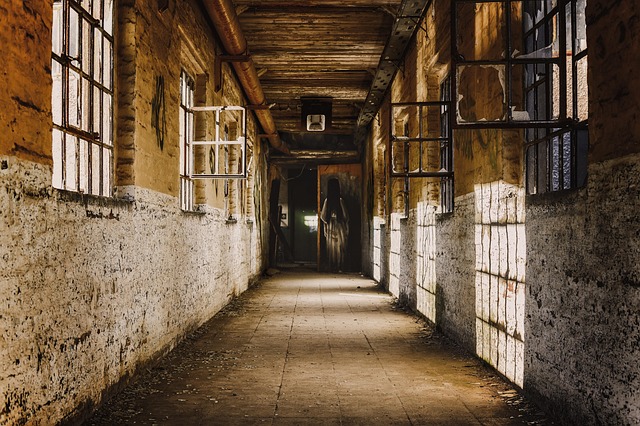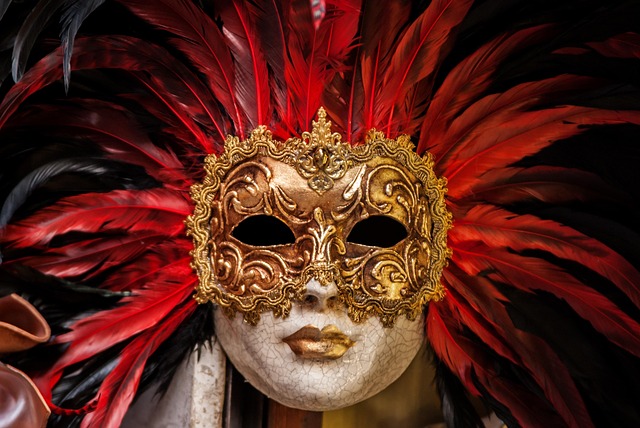
Behind the Curtains: Exploring the Role of Scenic Designers in the Entertainment Industry
In the heart of every performance, whether it be a bustling concert, a mesmerizing festival, or an intimate theater production, there exists a crucial figure often tucked away from the limelight: the scenic designer. This creative role is integral to the entertainment industry, where the visual elements on stage set the tone and enhance the storytelling experience. A scenic designer crafts not just backdrops but entire worlds that transport audiences into the narratives unfolding before their eyes.
When you attend a concert, the vibrant ambiance isn’t purely the work of the lighting technician or the musicians themselves. The scenic designer has meticulously designed the stage environment to evoke emotions that resonate with the music. This element transforms a simple performance into an exhilarating experience that captivates the audience and accentuates the music. When the chosen colors, materials, and architectural elements align perfectly, magic happens—immersing spectators in a multi-sensory adventure.
Festivals, too, rely heavily on the artistic vision of scenic designers. They formulate creative layouts that not only enhance the aesthetic appeal but also enhance the functional experience for attendees. From towering stages adorned with striking visuals to interactive installations that invite audience participation, scenic designers’ contributions elevate these events beyond mere entertainment. Their work fosters an atmosphere of connection and joy, making each festival memorable in its unique way.
In cinema, the role of a scenic designer is paramount in constructing the narrative world. The environment in which the characters live and breathe influences the film’s tone, plot, and characters’ psyche. A well-designed set can provide subtle hints about the story’s evolution while enriching the overall visual storytelling. The scenic designer collaborates closely with directors and cinematographers, ensuring that every detail complements the film’s vision, making it an indispensable contributor in the music industry as well, particularly in music videos where visuals and sound intertwine to create a cohesive artistic statement.
As we delve into the world of scenic design, it’s essential to recognize the depth of passion and creativity that these unsung heroes pour into their craft. Each project becomes a canvas; every brushstroke—a choice that can evoke laughter, tears, or exhilarating thrills. Scenic designers weave creativity and practicality, making them architects of imagination who balance artistic expression with the logistical realities of live performance spaces or filming sets.
Whether you’re sitting in a grand theater, swaying at a concert, or getting lost in a film, take a moment to appreciate the artistry of the scenic designer. Their vision shapes your experience, painting the scenes that linger in your memory long after the curtain falls, the last note fades, or the credits roll. It is this behind-the-scenes magic that underscores the intricate tapestry of the entertainment industry, where every set design can breathe life into stories that unite us in shared emotional experiences.
In a realm that thrives on visuals and narratives, recognizing and celebrating the work of scenic designers is essential. Their contribution goes far beyond mere aesthetics; it is the bridge that connects us to the emotions and stories we crave in entertainment. So, next time you find yourself immersed in a performance, remember to look beyond the actors and musicians—and appreciate the scenic designer, whose craftsmanship helps bring it all to life.


